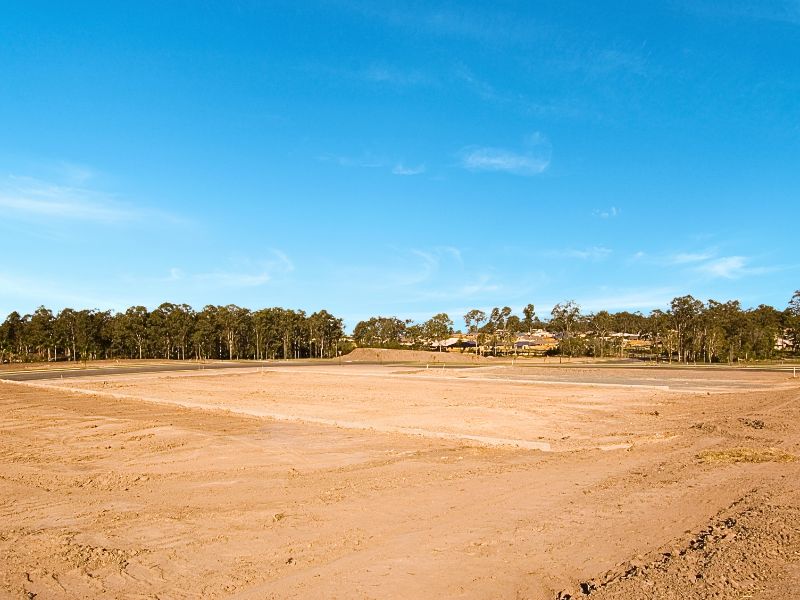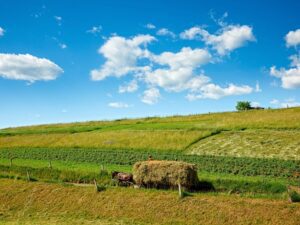Land use and zoning are two fundamental concepts that play crucial roles in land investment decisions. While they may sound similar, they have distinct meanings and implications that investors must understand to make informed choices.
Land Use Designation Example
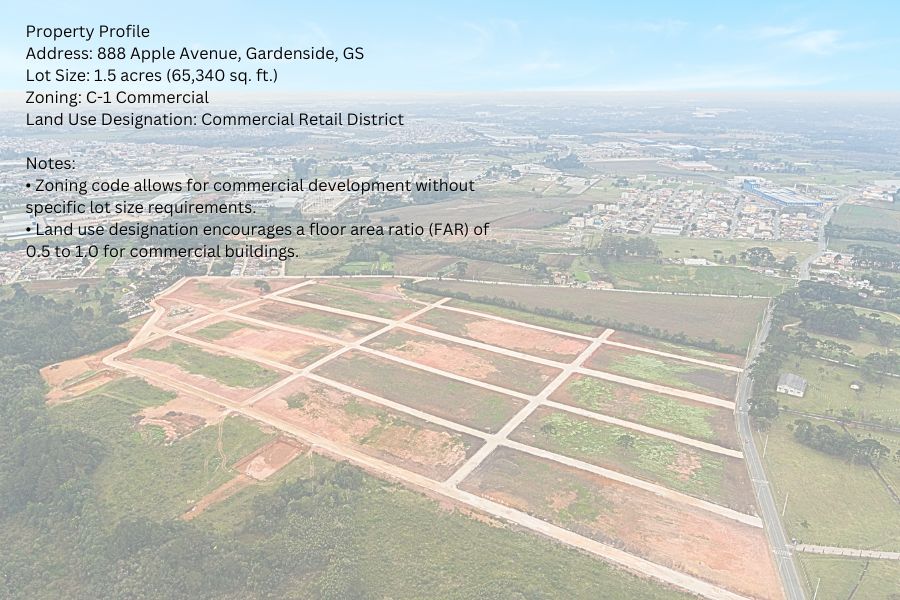
Property Profile
Address: 888 Apple Avenue, Gardenside, GS
Lot Size: 1.5 acres (65,340 sq. ft.)
Zoning: C-1 Commercial
Land Use Designation: Commercial Retail District
Notes:
- Zoning code allows for commercial development without specific lot size requirements.
- Land use designation encourages a floor area ratio (FAR) of 0.5 to 1.0 for commercial buildings.
Scenario #1: Commercial Development (C-1 Zoning)
Zoning (min. lot): N/A (Commercial)
Proposed zoning (min. lot): 10,000 sq. ft.
Land Use (floor area ratio): 0.5 – 1.0
Chance for Approval? No
What is Land Use?
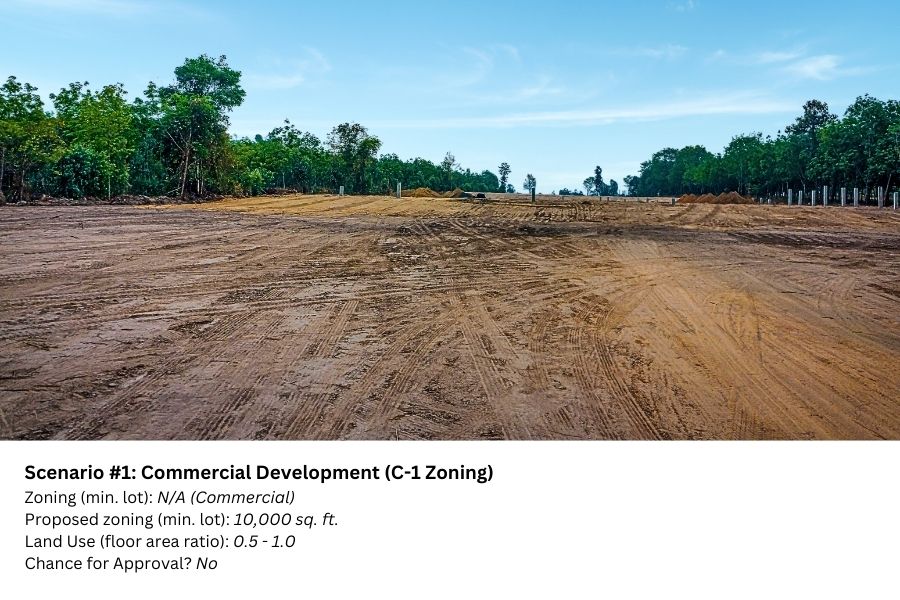

Land use refers to the intended purpose or function of a piece of land as defined by local authorities.
In our scenario, the property at 888 Apple Avenue falls under a Commercial Retail District designation, indicating that the area is intended for commercial activities such as retail stores, restaurants, or office spaces.
This designation aims to promote compact development and reduce urban sprawl.
What We Should Know About Zoning Regulations
Zoning regulations serve as guidelines for land development, dictating how land can be used and the types of structures that can be built. Zoning is more specific than land use, outlining rules such as building size, setback requirements, and parking space regulations.
In our scenario, the property is zoned for commercial use (C-1), suggesting it is suitable for businesses. However, the specific zoning regulations may pose challenges or opportunities for potential investors.
Navigating Development Potential
To maximize investment potential, investors must consider both land use objectives and zoning regulations. While the land may be designated for commercial use, zoning requirements such as minimum lot sizes can impact development feasibility.
In scenario #1, the proposed zoning of 10,000 sq. ft. does not align well with the land use objectives, reducing the chances of approval and limiting investment opportunities.
Here are the reasons:
- The property indicates that it is intended for commercial activities such as retail stores, restaurants, or office spaces. However, the proposed zoning has a larger minimum lot size that may not be conducive to maximizing commercial development on the property. This misalignment can hinder the realization of the city’s vision for the area as a commercial hub.
- A minimum lot size of 10,000 sq. ft. may limit the types and sizes of commercial buildings that can be constructed on the property, thereby reducing its attractiveness for investment.
- Municipal authorities may be less inclined to grant approval for developments that do not align closely with the designated land use, especially if there are concerns about consistency with the city’s development goals or community interests.
- The unsuitability between the proposed zoning and land use objectives can affect the overall viability of the investment.
Practical Considerations for Investors
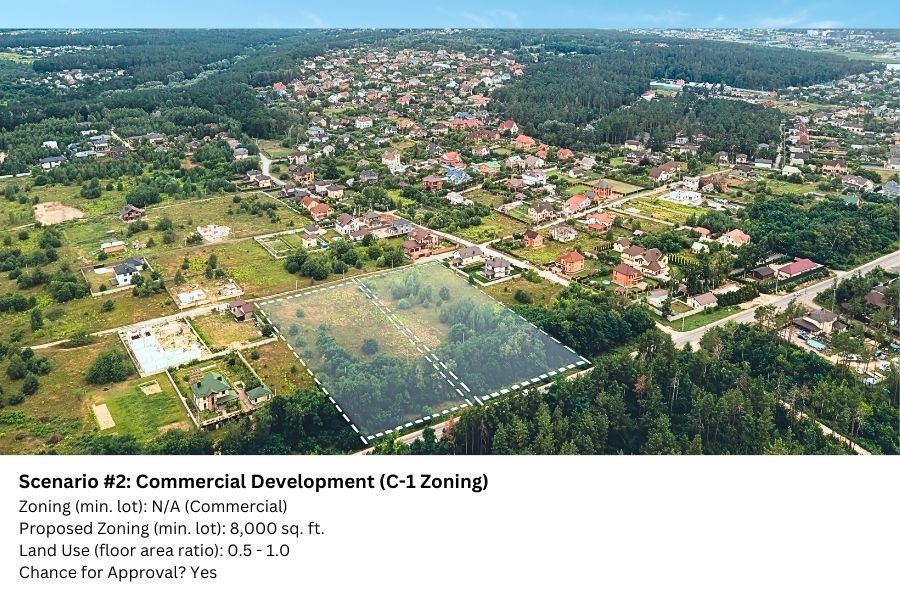

Zoning changes are usually easier to get because they fit within existing land use rules set by the city. Changing land use designation is tougher. It often needs a general plan amendment. This plan guides how land is used and developed in the city. To change land use, investors must show how their plan matches the goals in the general plan.
Scenario #2: Commercial Development (C-1 Zoning)
Zoning (min. lot): N/A (Commercial)
Proposed Zoning (min. lot): 8,000 sq. ft.
Land Use (floor area ratio): 0.5 – 1.0
Chance for Approval? Yes
Let’s apply these considerations to scenario #2, where there’s a proposed zoning change to a minimum lot size of 8,000 sq. ft. This change better aligns with both land use objectives and zoning regulations.
With this adjustment, there’s increased flexibility in development while maintaining the desired floor area ratio for commercial buildings. As a result, the chances of approval are higher, offering investors more favorable conditions for investment.
Land Use and Zoning – Key Takeaways for Investors
Understanding land use versus zoning is crucial for buying land for investment. Land use is the intended purpose of the land while zoning details how it can be developed. Investors must navigate both land use goals and zoning rules carefully.
They should ensure their plans match both the intended land use and specific zoning requirements. Changing zoning rules is usually easier than changing land use designations, which can be more challenging and require aligning with broader city goals. By grasping these concepts and doing thorough research, investors can improve their chances of success and make the most of land investment opportunities.
Ready to explore land investment opportunities? Visit www.theamericandreamland.com or call/text +1-646-915-1234 to learn more.
Note: This article is for informational purposes only. Green Tara Investments LLC and www.TheAmericanDreamLand.com do not provide legal or tax services, and it is best to consult your legal and tax advisors before making any investment decisions.

